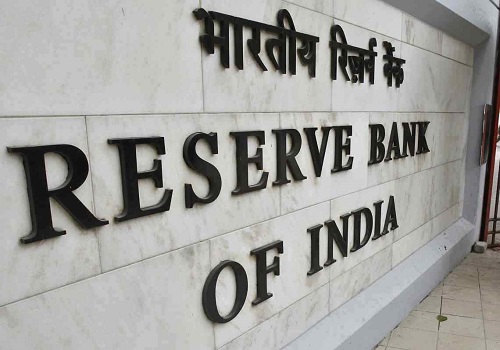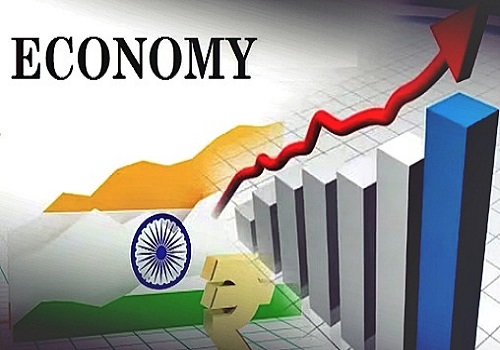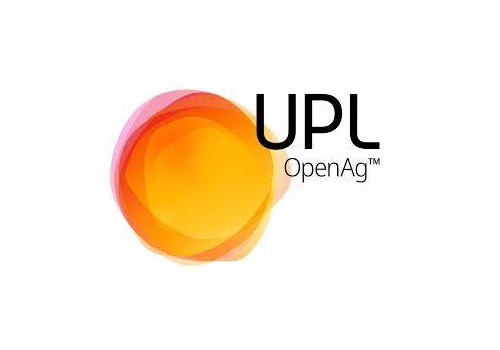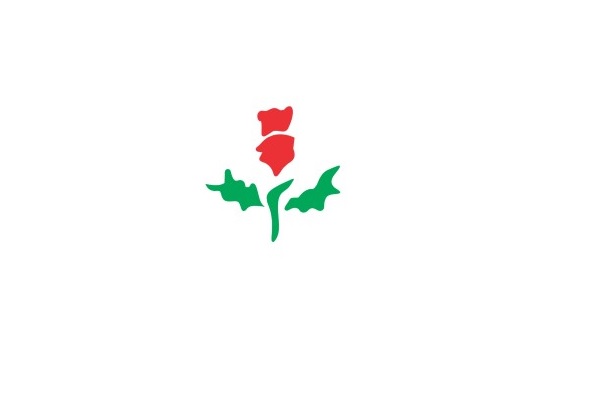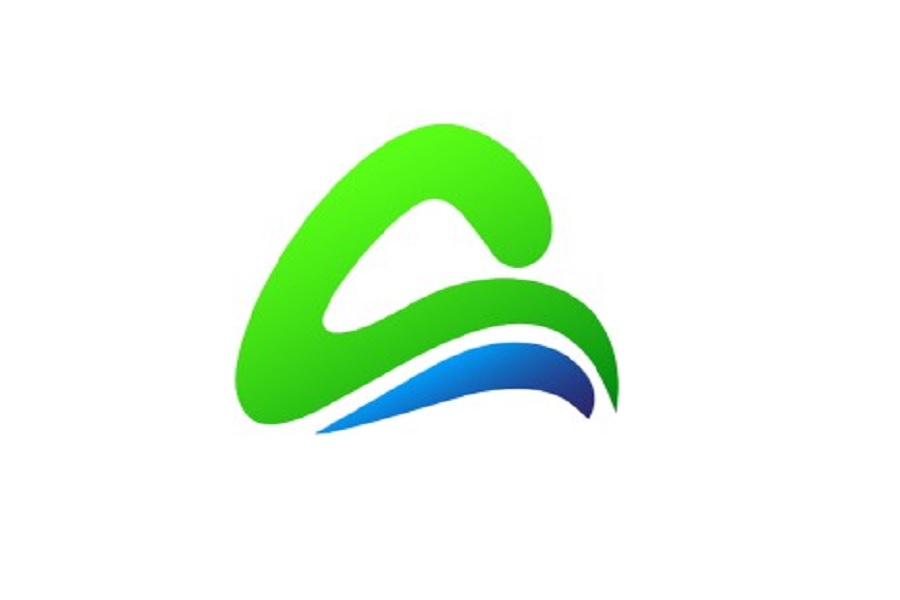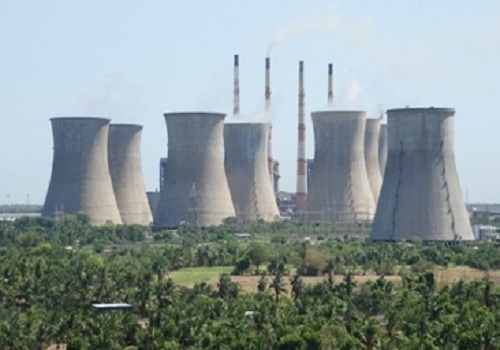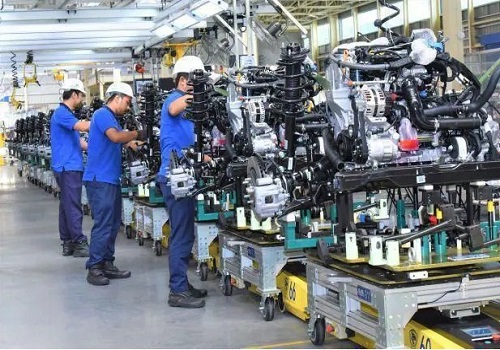Chemical Sector Update : US tariffs on chemicals - More bark, less bite by Kotak Institutional Equities

More than 70% of specialty chemicals by value imported into the US are exempt from reciprocal tariffs. We expect China to continue to export these to the US undisturbed. In the remaining c.30%, other countries could gain market share from China, but increased Chinese aggression outside the US could then exacerbate pricing pressure on these products. Overall, we do not see any reason for optimism around the industry’s near-term prospects.
Over 70% of specialty chemicals imported by the US are exempt from tariffs
Annexure II to the reciprocal tariffs announcement by the White House publishes a long list of HTSUS codes exempted from the tariffs. Almost a third of the exemptions pertain to Chapter 29 (Organic Chemicals), covering most major chemicals. The US imported US$71 bn worth of chemicals under Chapter 29 in CY2024, and our analysis suggests that nearly $53 bn, or 74% of total imports under this chapter have been exempted from tariffs (Exhibit 2). China accounted for $9 bn or 12.6% of US imports under Chapter 29 in 2024, and 72% of imports from China under this chapter are exempt from tariffs (Exhibit 2). The other chapter under which specialty chemicals are typically traded is 3808 (Insecticides, etc.), but under this head the US imported products worth only $1.6 bn in 2024, of which 15% have been exempted from tariffs.
The ‘macro’ implication: Expect status quo in large pockets of the industry
As most major chemicals exported by China to the US are exempt from tariffs, exports from China should mostly continue undisturbed. Less than 30% of US imports from China are subject to tariffs and in these cases, other countries - including India - will have an opportunity to grab market share. However, we note that the US accounted for only 12% of world chemical imports in 2023, so there remains a large market outside the US, and we would expect China to turn more aggressive in targeting this, potentially exacerbating pricing pressure in products that it is unable to now export to the US. Additionally, we expect world demand for chemicals to soften in the coming months as economic growth slows down amid tariff-related uncertainty. Overall, we do not see any reason for optimism around the industry’s near-term prospects.
The ‘micro’ implications: NFIL, UPLL and SRF could gain share in the US
In Exhibit 5, we summarize the possible impact on important products. In cases where the products are exempt from tariffs, we do not see any reason for change to the status quo. This includes PI’s pyroxasulfone, where the threat of an eventual influx of Chinese generics remains. On the other hand, NFIL could potentially gain market share in the US in boron trifluoride and the intermediates it will make under the Corteva project (Nectar). Some of UPLL’s top products, such as mancozeb, clethodim and s-metolachlor, are subject to tariffs, but it is unclear whether UPLL’s sales of these products in the US are large. SRF may have an opportunity to gain market share in refrigerants other than HFC-134a in the US, though it will have to face American competition. In all these cases, China may turn more aggressive outside the US.
Above views are of the author and not of the website kindly read disclaimer














